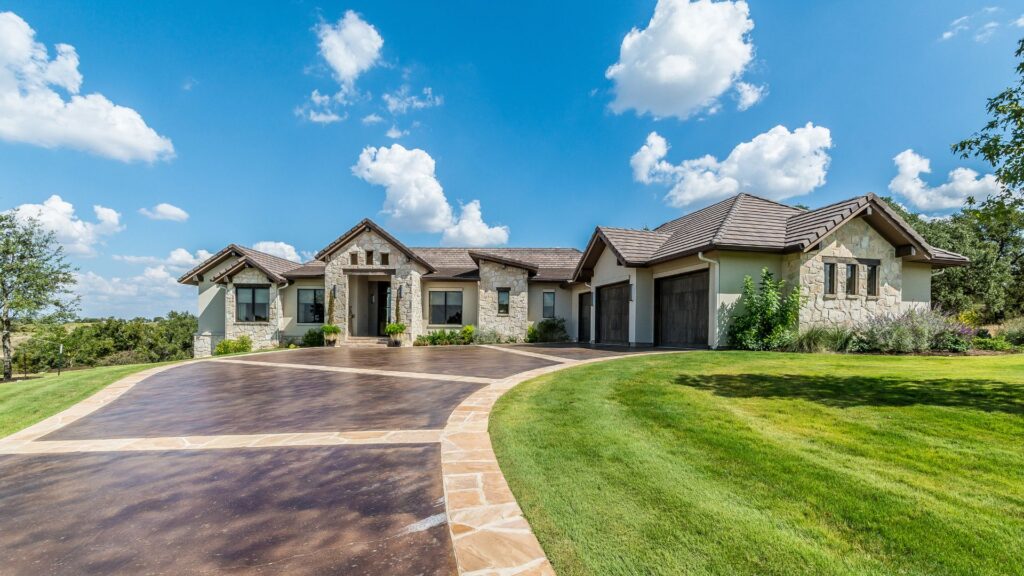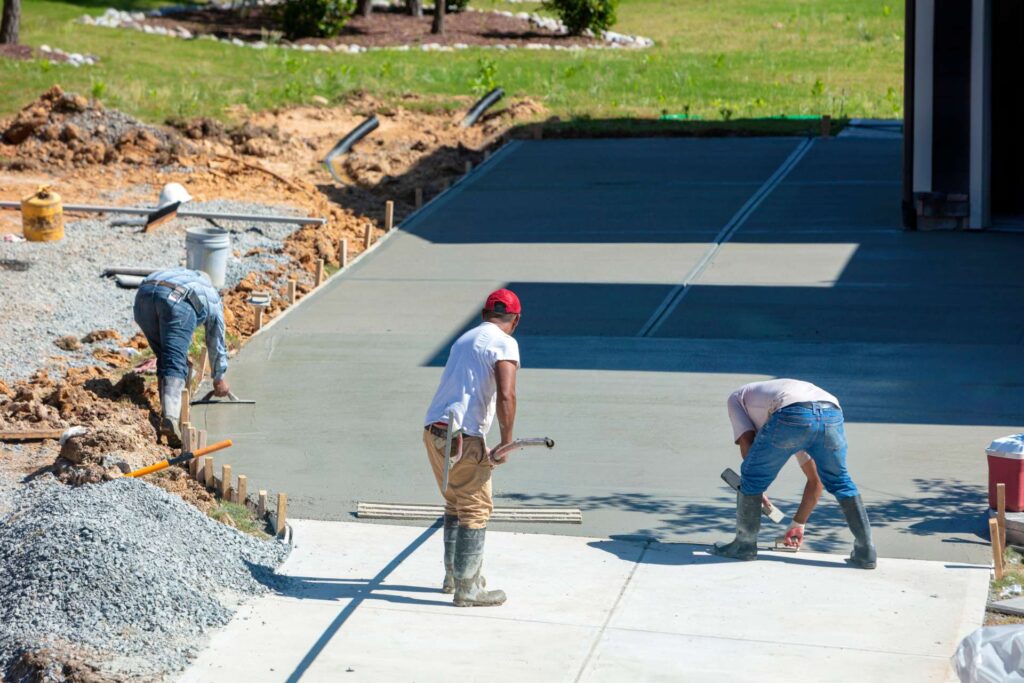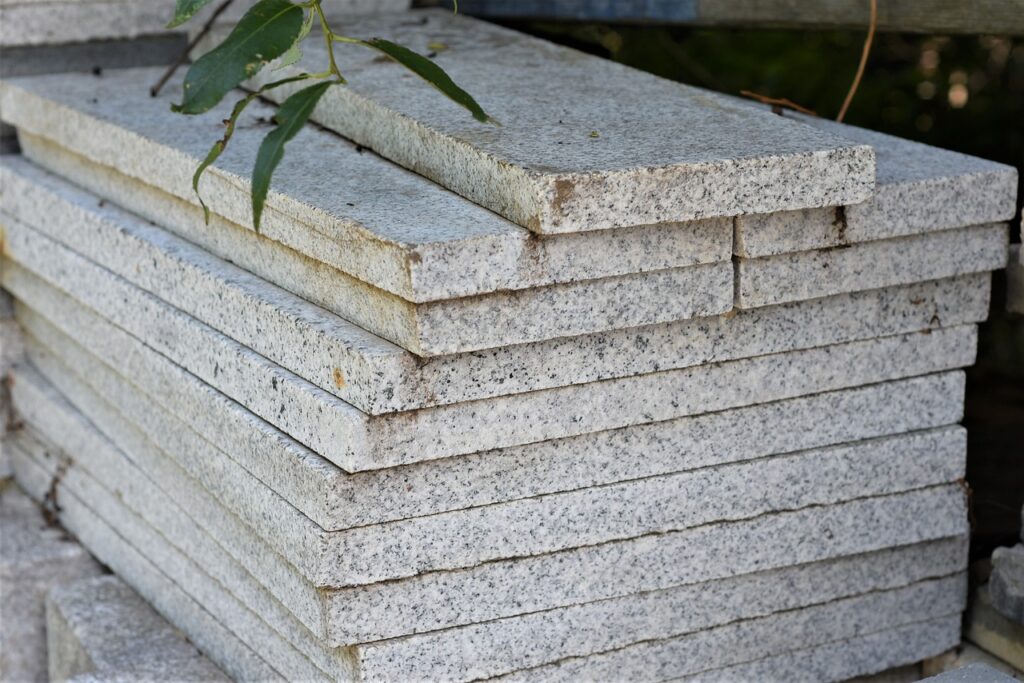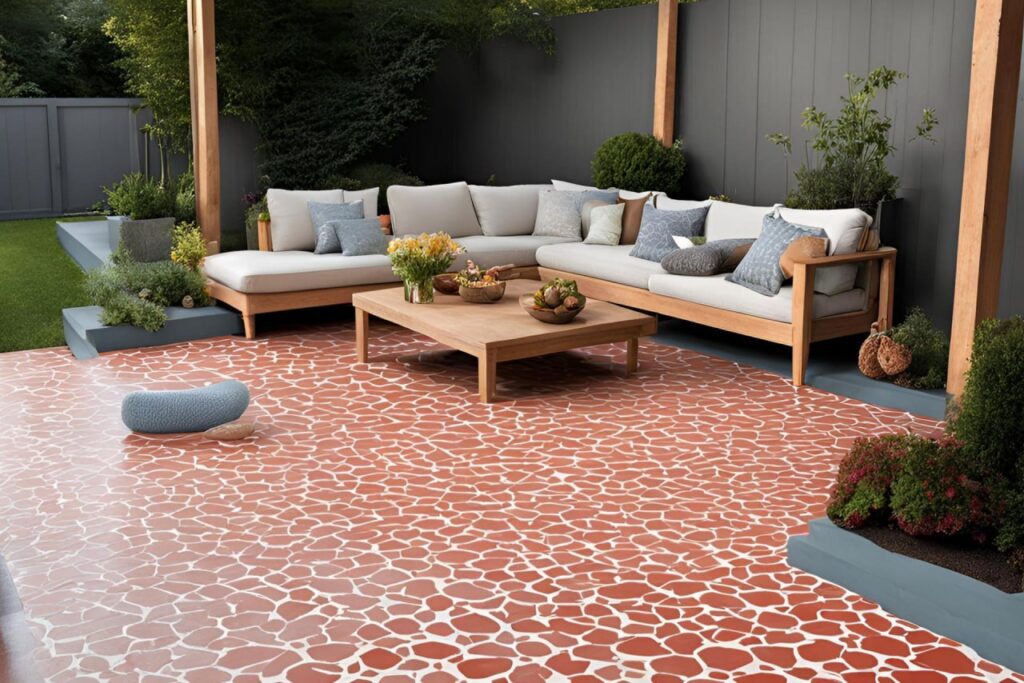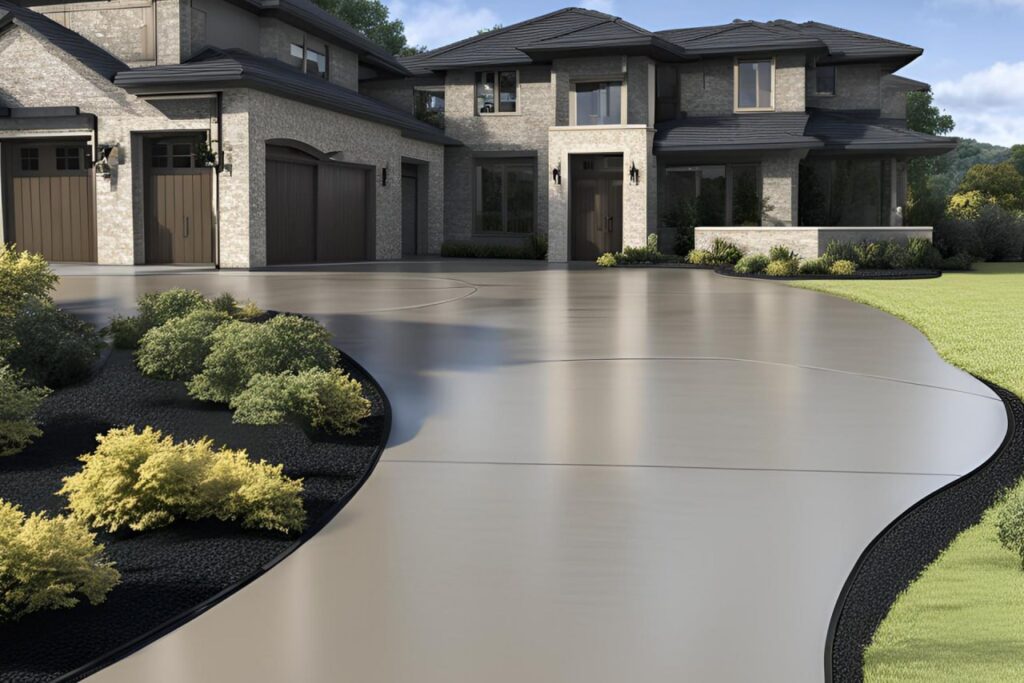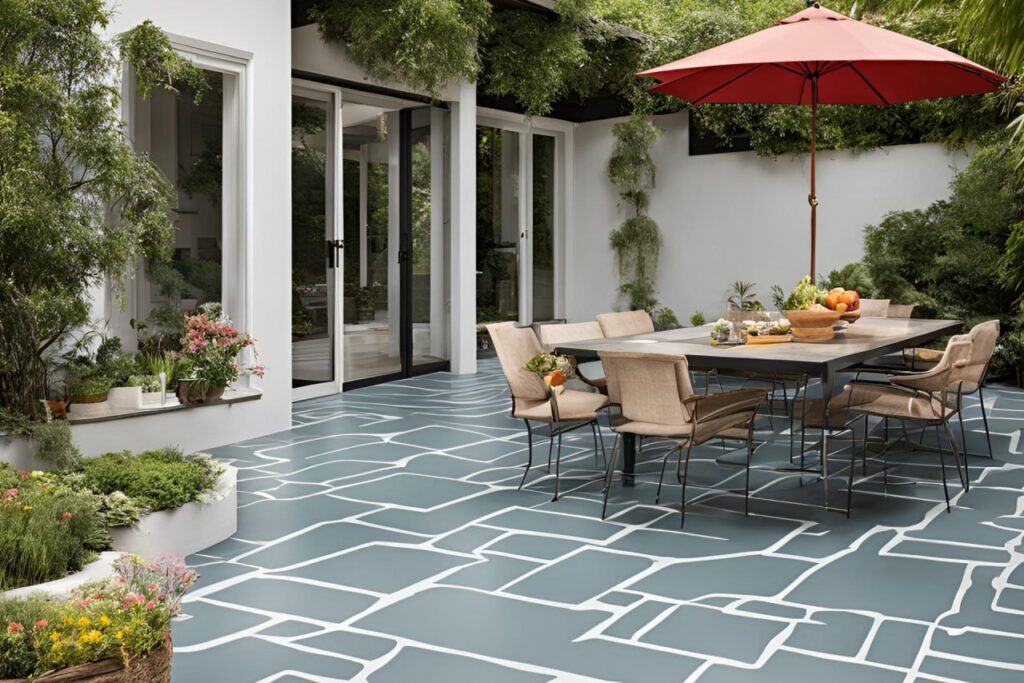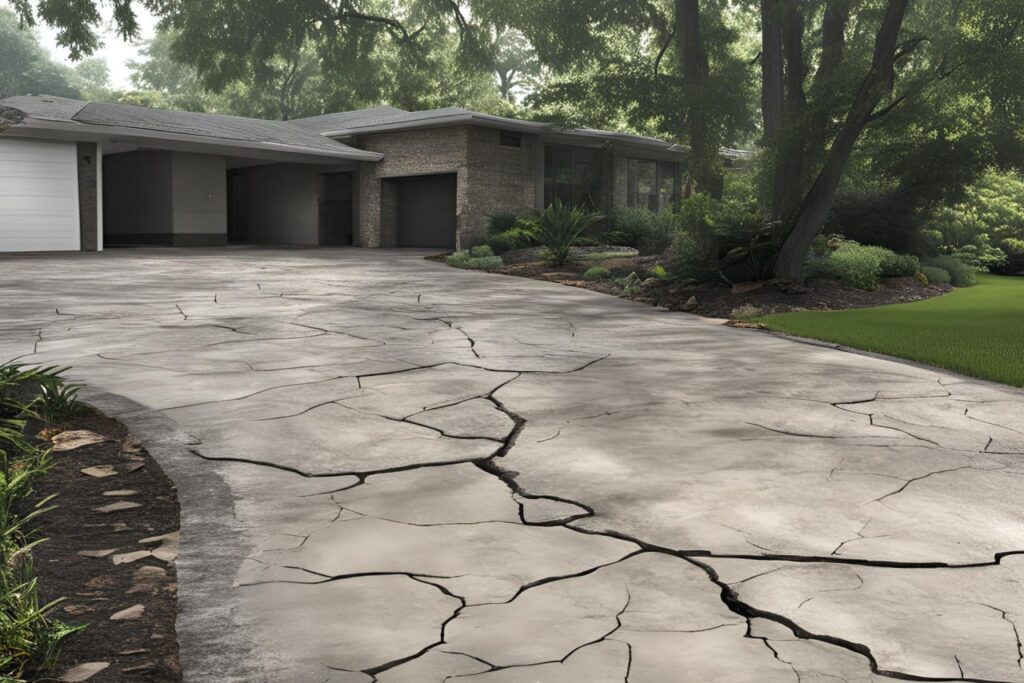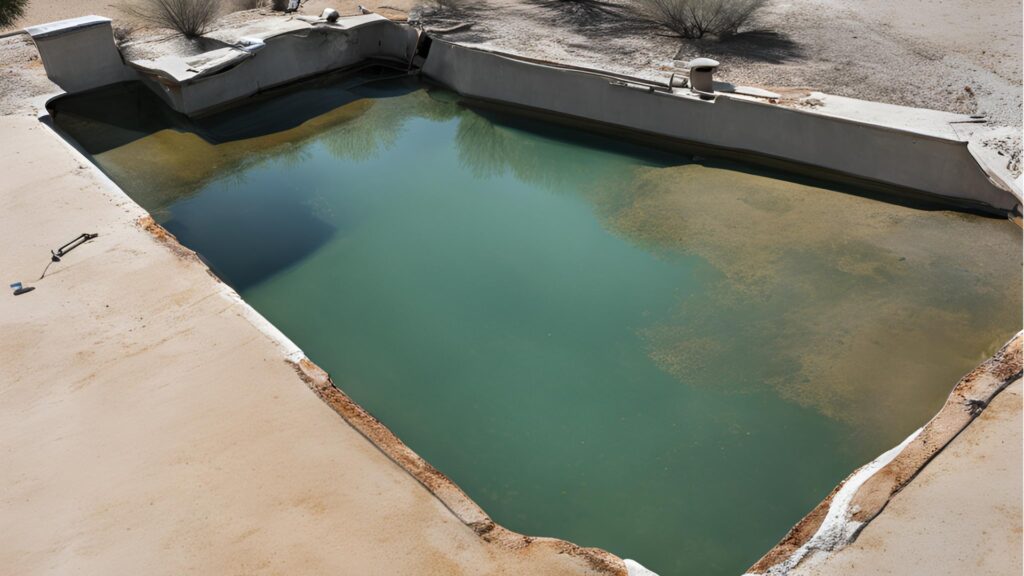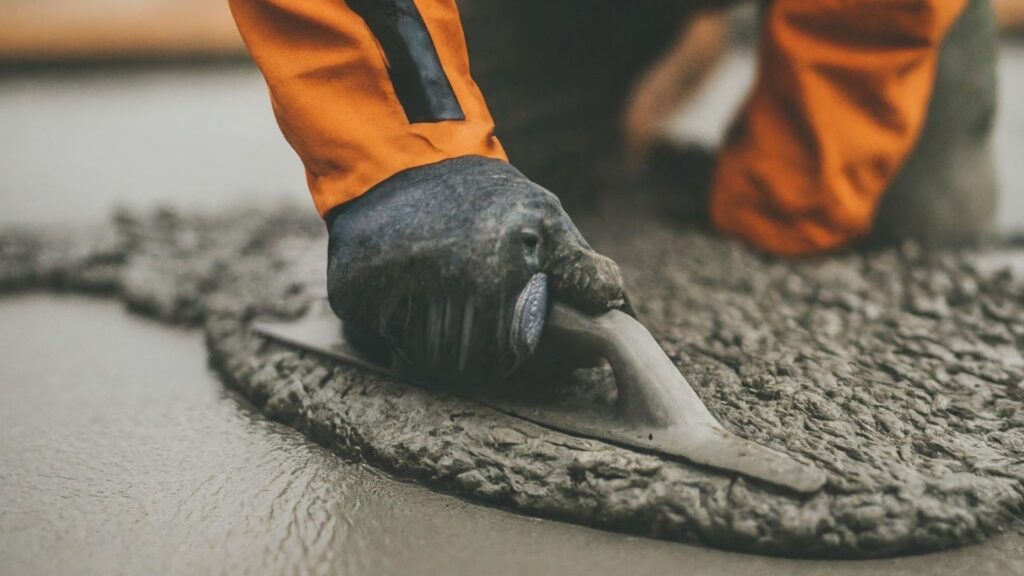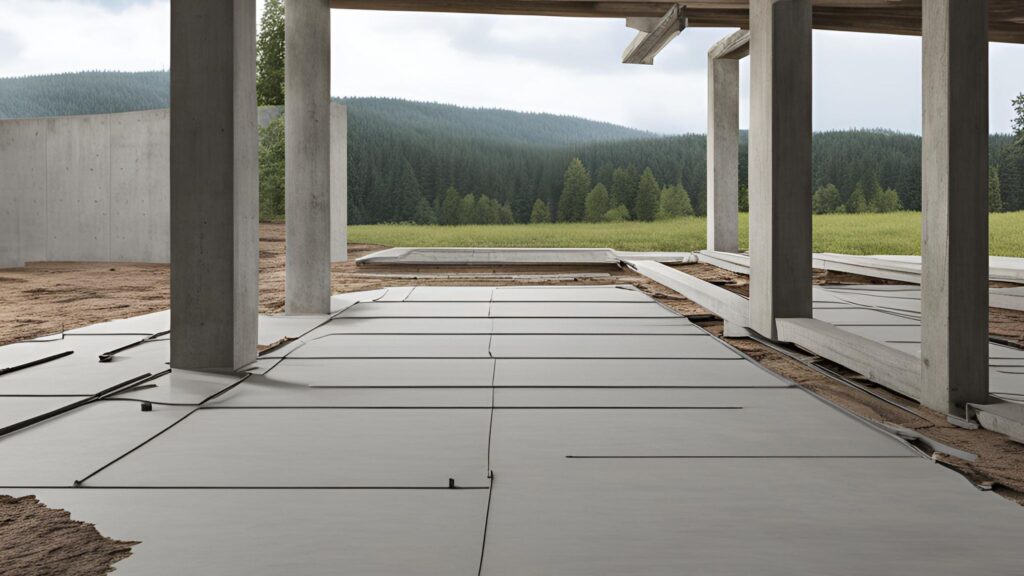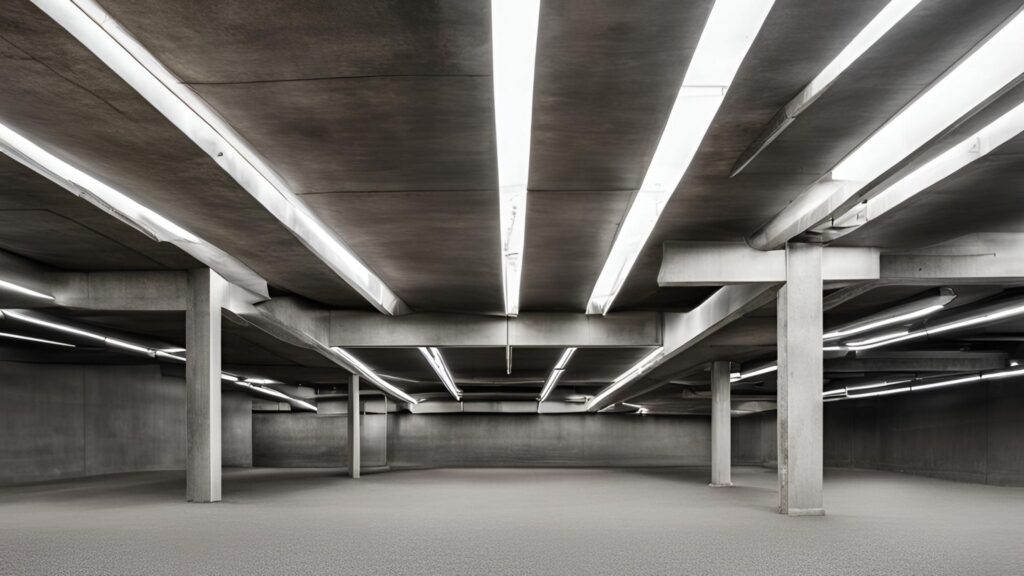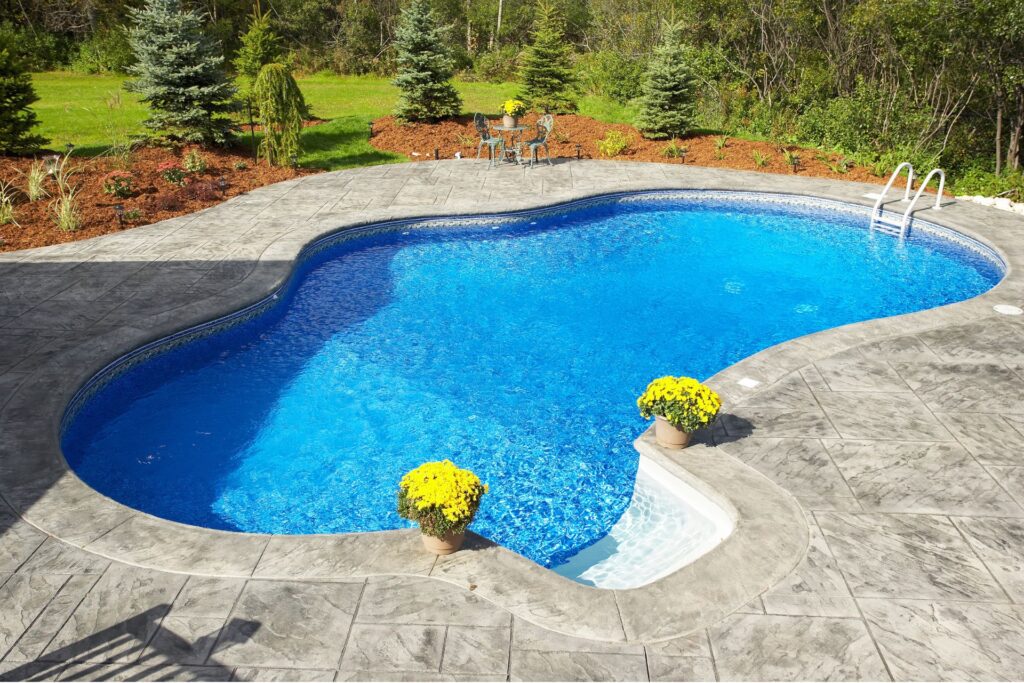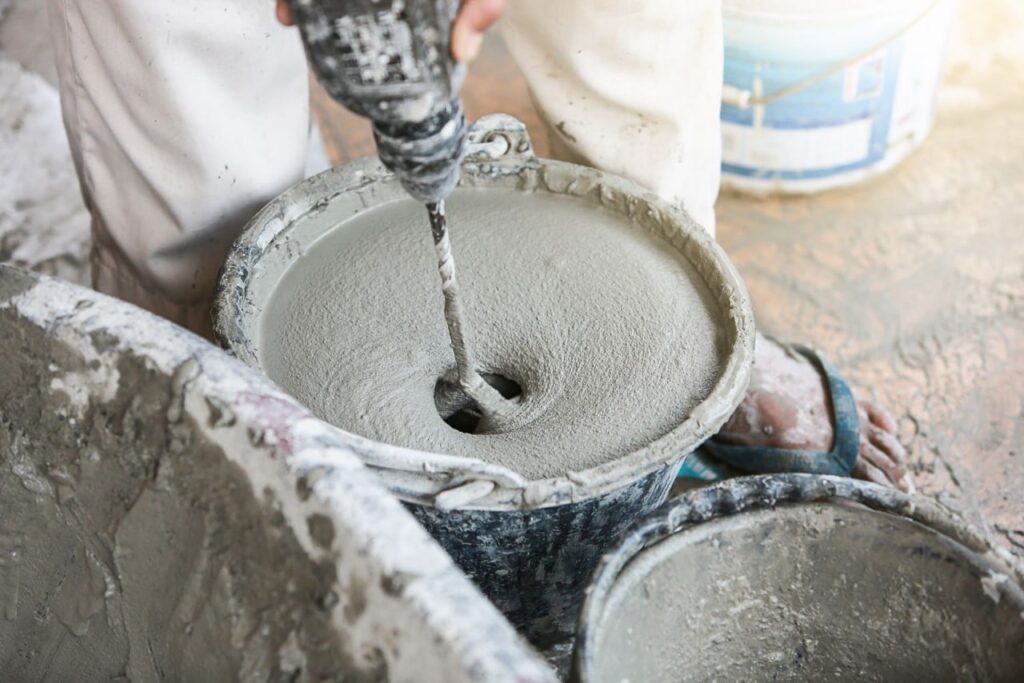Welcome to your ultimate guide on finding the best paint for concrete driveways, where we’ll walk you through everything you need to know to protect, enhance, and extend the life of your driveway. A freshly painted driveway not only boosts curb appeal but also shields your concrete from harsh weather, stains, and daily wear. In this guide, you’ll learn how to choose the right type of paint for your specific needs, prepare your surface for lasting results, and apply it like a pro, so your driveway stays looking sharp for years.
The best paint for concrete driveways is durable, weather-resistant, and designed for high-traffic surfaces, such as acrylic latex or epoxy-based paint. These options provide strong adhesion, protect against UV damage, and resist oil stains, making them ideal for both aesthetic appeal and long-term protection.
- Why Painting Your Concrete Driveway Matters
- Factors To Consider Before Choosing Paint
- Types Of Paint For Concrete Driveways
- How To Identify The Best Paint For Your Needs
- Preparing Your Driveway For Painting
- Step-By-Step Guide To Painting A Concrete Driveway
- Common Mistakes To Avoid
- Maintaining A Painted Concrete Driveway
- Recommended Paint Brands And Products
- Cost Breakdown
- FAQs: About Best Paint For Concrete Driveways
- Conclusion
- Find A Professional Concrete Company Near You!
Why Painting Your Concrete Driveway Matters
How Paint Protects Against Weather, Stains, And Cracks
A painted concrete driveway is more than just an aesthetic upgrade, it’s a layer of protection. Quality driveway paint acts as a barrier against harsh elements like rain, snow, and UV rays, preventing moisture from seeping into the concrete. This helps reduce the risk of cracks caused by freeze-thaw cycles in colder climates. It also resists stains from oil, gasoline, and rust, making cleanup easier and keeping your driveway looking fresh for longer. By sealing the surface, paint minimizes wear from foot traffic and vehicles, giving your driveway a stronger defense against everyday damage.
Curb Appeal Benefits
First impressions matter, and your driveway is one of the first things people see when they visit your home. A newly painted driveway instantly refreshes the property’s appearance, adding a clean and polished look. With the variety of paint colors and finishes available, you can match your driveway to your home’s style or even choose a shade that stands out. A well-painted driveway can make your entire exterior feel more welcoming, which is especially important if you’re planning to sell your home or simply want to take pride in its appearance.
Long-Term Cost Savings From Reduced Repairs
While painting your concrete driveway requires an initial investment, it can save you money over time. Unprotected concrete is prone to cracks, chips, and surface wear, which can lead to costly repairs or even replacement. Paint works as a preventative measure, reducing the damage caused by weather, chemicals, and daily use. By keeping your driveway in good condition, you’ll extend its lifespan and avoid the high expenses of major restoration. In the long run, a properly painted driveway is a cost-effective solution that combines protection, beauty, and durability.
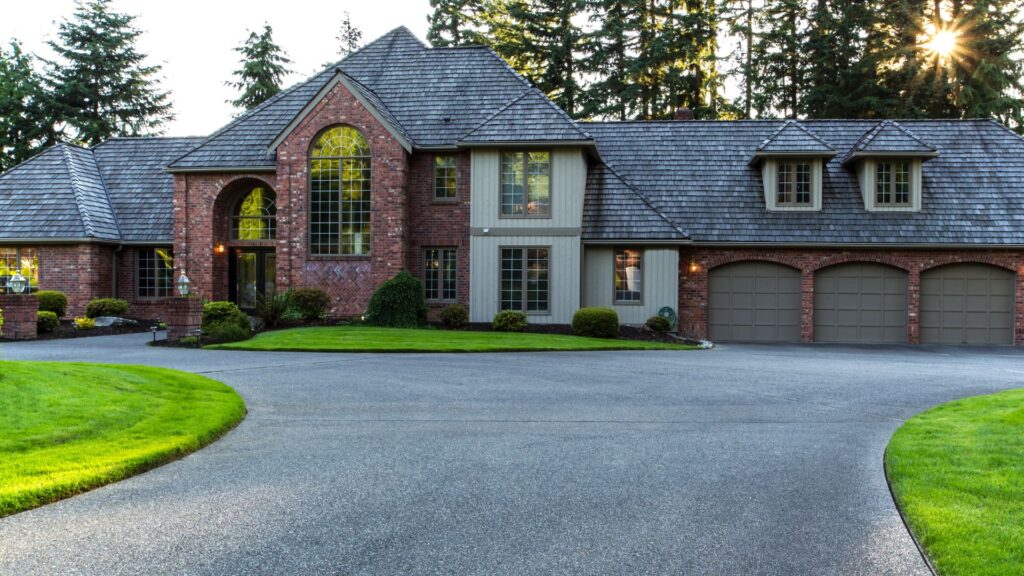
Factors To Consider Before Choosing Paint
When it comes to finding the best paint for your concrete driveway, making the right choice starts with understanding a few key factors. Picking the wrong type of paint can lead to early fading, peeling, or even safety issues. By evaluating your local environment, your driveway’s condition, and how you use it, you can select a paint that not only looks great but also lasts for years.
Climate And Weather Conditions In Your Area
Your local climate plays a major role in determining the ideal paint for your driveway. In regions with hot summers and strong sunlight, UV-resistant paints help prevent fading and cracking. In colder areas prone to frost and snow, choose a paint that can handle temperature fluctuations without peeling. For places with high rainfall or humidity, look for moisture-resistant formulas to prevent mold and mildew growth.
Type Of Concrete Surface And Its Condition
Not all concrete surfaces are the same. A newly poured driveway will have different needs compared to an older surface that has endured years of use. Smooth, well-finished concrete may require etching or priming for better adhesion, while rough or textured surfaces might naturally hold paint better. If there are cracks, oil stains, or pitting, fix these issues before painting to ensure a flawless, long-lasting finish.
Traffic Level: Light Vs. Heavy Vehicle Use
How often and how heavily your driveway is used will influence the type of paint you choose. For light, occasional vehicle traffic, high-quality acrylic latex paint may be sufficient. If your driveway handles frequent or heavy vehicles, an epoxy-based paint provides greater durability and resistance to tire marks, oil, and abrasion. Always match the paint’s durability to your usage pattern.
Slip-Resistance And Safety Concerns
A freshly painted driveway can sometimes become slippery, especially when wet. To keep safety in check, opt for a paint that includes a non-slip additive or apply a clear non-slip coating afterward. This is particularly important in areas where rain, ice, or snow is common, as it helps prevent accidents while maintaining the driveway’s appearance.
Desired Finish: Matte, Satin, Or Glossy Look
The finish you choose affects both the style and functionality of your driveway. A matte finish offers a more natural, understated look and hides imperfections well. Satin finishes balance aesthetics with ease of cleaning, while glossy finishes provide a sleek, modern appearance but may require more upkeep. Consider both visual appeal and practical maintenance when selecting your finish.
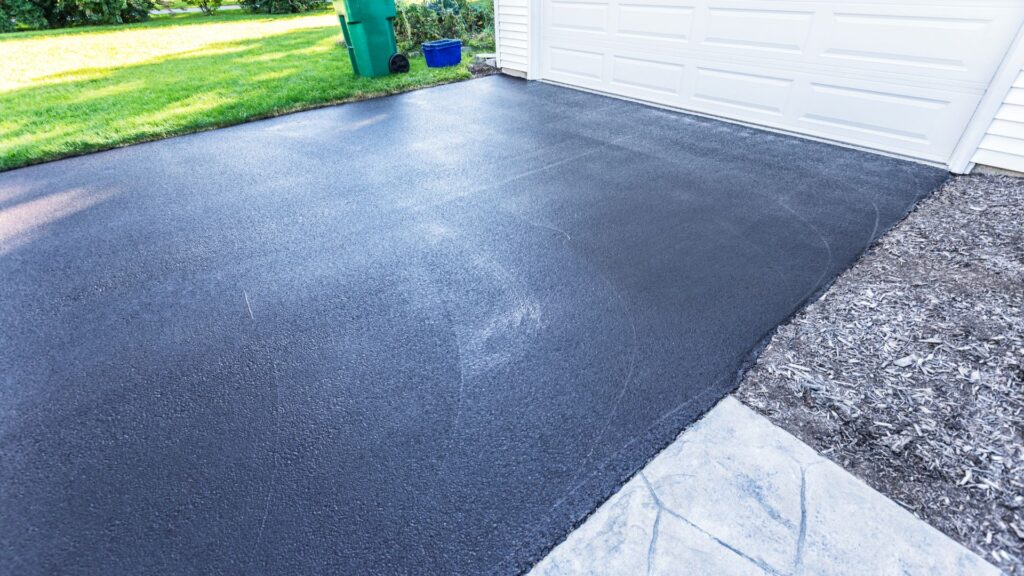
Types Of Paint For Concrete Driveways
Acrylic Latex Paint: Pros, Cons, And Best Use Cases
Acrylic latex paint is one of the most popular options for painting concrete driveways because it’s easy to apply and widely available. It bonds well to concrete surfaces, resists cracking, and can handle a variety of weather conditions. One of its biggest advantages is its quick drying time, which allows you to complete the project faster. It also comes in a wide range of colors, giving you flexibility in design.
On the downside, acrylic latex may not be as durable as epoxy-based options in areas with heavy vehicle traffic. It’s best suited for driveways with moderate use, especially in regions with mild to moderate climates. If you’re looking for a cost-effective and beginner-friendly paint, acrylic latex is a solid choice.
Epoxy-Based Paint: Durability, Cost, And Application Tips
Epoxy-based paint is known for its exceptional durability and resistance to chemicals, oil stains, and heavy wear. This makes it a top choice for high-traffic driveways or areas that frequently see vehicle parking. Its hard, glossy finish not only looks professional but also offers long-lasting protection against moisture and UV rays. The trade-off is that epoxy paint is more expensive than acrylic latex and requires more thorough surface preparation. You’ll need to clean, etch, and sometimes prime the surface before application. It also has a longer curing time, so you’ll need to plan for limited driveway use during that period. For homeowners seeking maximum longevity, epoxy-based paint is worth the investment.
Concrete Stains Vs. Paints: How They Differ And When To Choose Each
Concrete stains and paints may seem similar, but they perform very differently. Paint creates a solid, opaque coating on the surface, while a stain penetrates the concrete to add color without covering the natural texture. Stains are excellent if you want a more natural, stone-like appearance, and they’re less likely to peel over time. Paint, on the other hand, allows for more vibrant colors and complete surface coverage, making it ideal if your driveway has blemishes or repairs you want to hide. Choose a stain if you want a subtle, low-maintenance finish and paint if you’re aiming for a bold, uniform look.
Specialty Paints With UV And Weather Protection
For areas with intense sunlight or extreme weather, specialty paints with UV and weather protection are a smart option. These paints are formulated to resist fading, chalking, and peeling caused by prolonged exposure to sunlight. They also provide added resistance against rain, snow, and temperature fluctuations, ensuring your driveway stays looking fresh for longer.
While these paints may come at a higher price point, the extra protection they offer can significantly extend the life of your paint job. They’re ideal for homeowners in hot, sunny climates or regions with harsh seasonal changes.
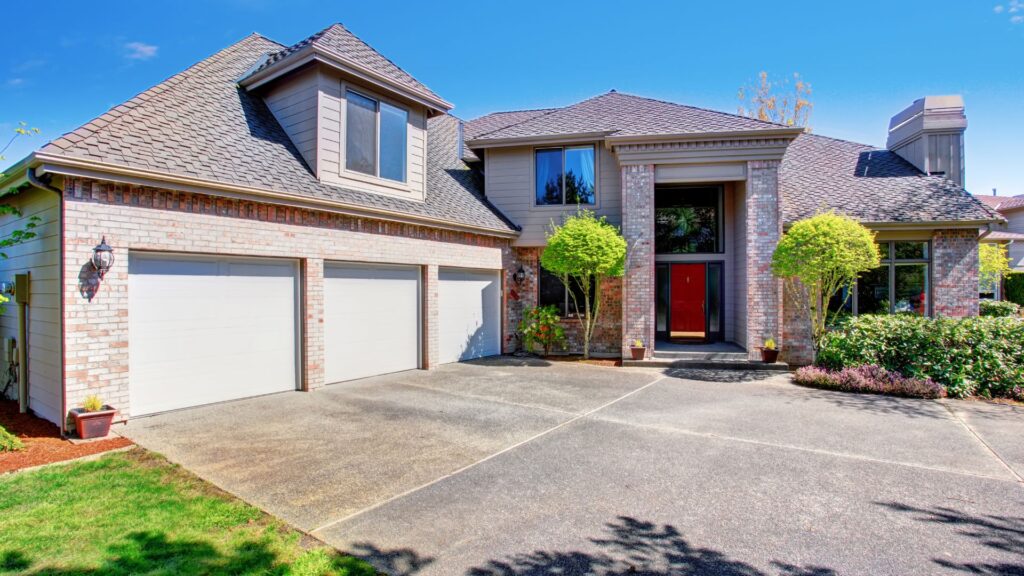
How To Identify The Best Paint For Your Needs
Choosing the right paint for your concrete driveway can mean the difference between a finish that lasts for years and one that peels or fades within months. To get the best results, you need to consider how the paint will perform under your driveway’s specific conditions, how trusted the brand is, and whether the product offers the right protective qualities. You should also think about the impact your choice has on health and the environment.
Matching Paint Type To Driveway Conditions
Not all driveways face the same challenges. A driveway in a sunny, dry climate may need paint with strong UV protection, while one in a rainy region might require water-resistant properties. If your driveway handles heavy vehicles or frequent traffic, opt for epoxy-based paint because it offers greater durability and adhesion. For driveways with lighter use, acrylic latex paint can be a good choice because it is easier to apply and still offers solid weather protection.
Comparing Brand Reputations And Reviews
Before buying, check how the brand performs in real-world conditions. Look for reviews from homeowners who have used the paint on driveways, and pay attention to feedback on durability, ease of application, and long-term appearance. Brands with consistent positive reviews are more likely to deliver the quality you need. Avoid being swayed only by price, sometimes a slightly higher upfront cost leads to fewer repaints in the long run.
Checking Product Specifications (UV Resistance, Water Resistance, Drying Time)
Every quality driveway paint should list its technical specifications. Look for UV resistance to prevent fading, water resistance to block moisture damage, and clear drying time instructions so you can plan your project efficiently. A fast-drying paint can save time, but it still needs enough curing time to bond properly with the concrete. Ignoring these details can lead to poor adhesion and early paint failure.
Eco-Friendly And Low-VOC Options For Health And Environment
If you want a safer choice for your home and the environment, consider paints labeled as low-VOC (volatile organic compounds) or VOC-free. These paints release fewer chemicals into the air, making them better for your health and reducing environmental impact. Many eco-friendly paints now offer the same durability and weather resistance as traditional options, so you don’t have to compromise on performance.
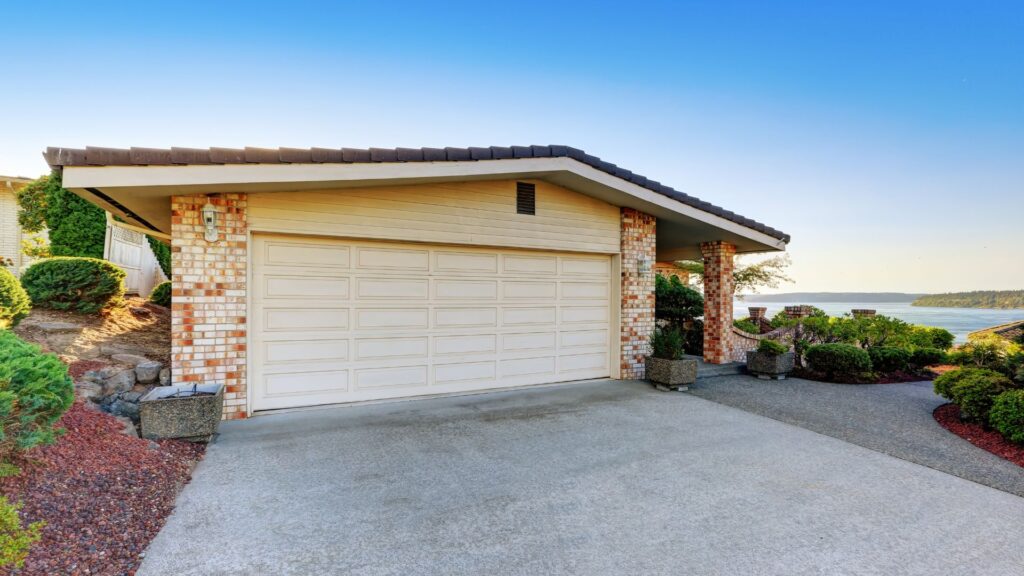
Preparing Your Driveway For Painting
Before you start painting, proper surface preparation is key to achieving a long-lasting and professional-looking finish. A well-prepared concrete driveway ensures the paint adheres better, resists peeling, and stands up to weather, stains, and heavy use. Here’s how to get your driveway ready for a flawless paint job.
Cleaning And Removing Oil Stains
Begin by giving your driveway a thorough cleaning. Sweep away dirt, leaves, and loose debris, then use a pressure washer to remove surface dust and grime. Oil stains are a common issue on concrete driveways, especially in areas where cars are parked. These stains can prevent paint from sticking properly. Apply a degreaser directly to the oil spots, scrub with a stiff-bristled brush, and rinse well. Repeat if necessary until the stains are gone. For stubborn spots, you can use a mixture of trisodium phosphate (TSP) and warm water to break down the residue.
Repairing Cracks And Holes
Even small cracks or holes can cause big problems later by allowing moisture to seep in, which leads to peeling paint and further concrete damage. Use a concrete patching compound to fill in these imperfections. Follow the manufacturer’s instructions for mixing and applying the compound, ensuring it’s level with the rest of the surface. Let it cure completely before moving to the next step.
Etching Or Sanding For Better Paint Adhesion
Concrete is naturally smooth, which can make it hard for paint to grip the surface. Etching the driveway with a concrete etching solution creates a slightly rough texture, allowing the paint to bond more securely. This is especially important for new concrete, which has a dense surface that resists paint penetration. Always wear protective gloves and eyewear when working with etching chemicals. If you prefer a chemical-free approach, sanding with a concrete grinder can achieve similar results. After etching or sanding, rinse the driveway thoroughly and let it dry completely.
Priming The Surface (When And Why It’s Important)
Primer acts as a bridge between the concrete and the paint, ensuring better adhesion and a more even finish. It’s especially important if your driveway has never been painted or if you’ve repaired multiple areas. Choose a primer designed specifically for masonry or concrete surfaces. Apply it with a roller or sprayer, covering the entire driveway evenly. Allow the primer to dry fully before applying your first coat of paint. This extra step adds durability and helps your painted driveway withstand daily wear and weather conditions.
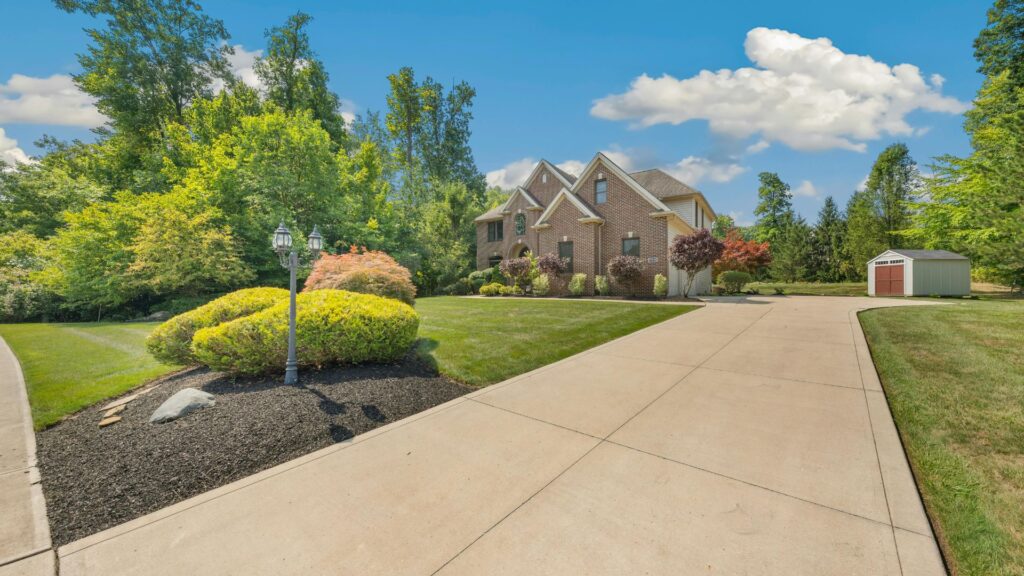
Step-By-Step Guide To Painting A Concrete Driveway
Gathering Tools And Materials
Before you start, make sure you have all the tools and materials ready. This helps you work efficiently without stopping mid-project. You’ll need a stiff-bristled broom, a pressure washer or hose, concrete cleaner, a paint roller with an extension handle, a paint tray, masking tape for edges, and protective gear like gloves and safety glasses. For the paint, choose a high-quality acrylic latex or epoxy-based product made for exterior concrete surfaces. If needed, pick up a compatible primer and a clear concrete sealer to finish the job.
Applying The First Coat Correctly
Once your driveway is cleaned, repaired, and fully dry, it’s time to apply the first coat. Stir the paint thoroughly to ensure even color and consistency. Start from the top of the driveway and work your way down to avoid stepping on freshly painted areas. Use a roller for large sections and a brush for edges and corners. Apply an even, thin layer rather than a thick coat, this promotes better adhesion and helps prevent peeling later.
Drying Times Between Coats
Patience plays a big role in achieving a smooth, lasting finish. Most driveway paints require 4 to 8 hours of drying time between coats, depending on weather conditions. Avoid painting if rain is expected within 24 hours, and don’t rush the process. If you apply the second coat too soon, it can trap moisture and lead to bubbling or peeling. Always check the manufacturer’s instructions for the recommended drying time before adding another layer.
Applying A Protective Sealer For Extra Durability
A protective sealer is your final step and your driveway’s best defense against weather damage, oil stains, and fading from UV rays. Once the paint is fully cured, usually after several days, apply a clear, exterior-grade concrete sealer with a roller or sprayer. This extra layer adds shine, increases longevity, and makes cleaning easier. Plan to reseal every few years to keep your driveway looking fresh and well-protected.
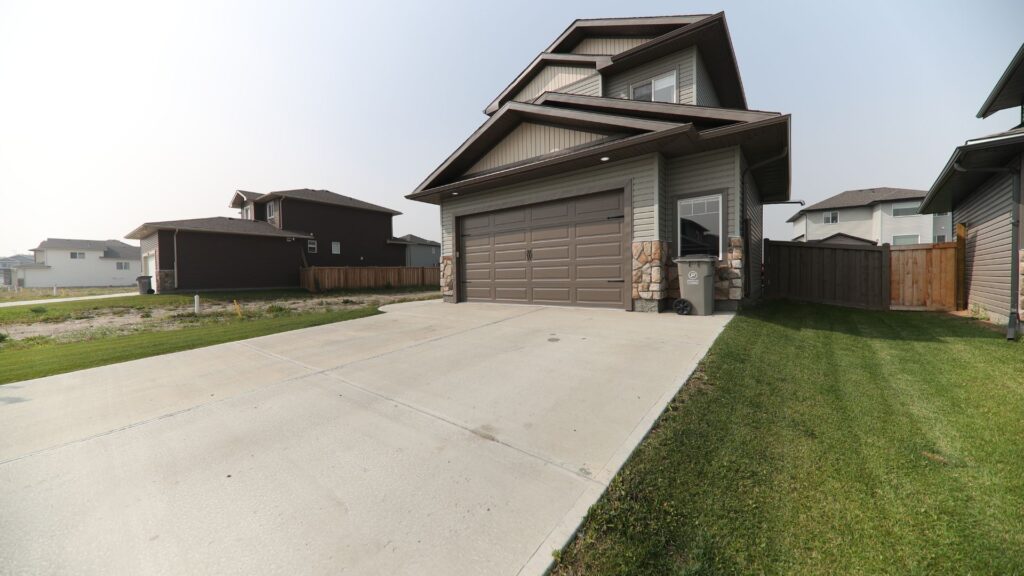
Common Mistakes To Avoid
When painting a concrete driveway, small oversights can lead to peeling, fading, or wasted time and money. By understanding the most common mistakes, you can ensure your project lasts for years and delivers the smooth, professional finish you want.
Skipping Surface Preparation
One of the biggest errors homeowners make is jumping straight into painting without preparing the surface. Concrete naturally collects dirt, oil, and debris over time, which prevents paint from bonding properly. Before you open the paint can, take time to thoroughly clean the driveway using a pressure washer or stiff-bristle brush with a degreasing cleaner. Fill any cracks or holes with concrete filler and allow repairs to cure completely. For best adhesion, consider etching the surface or using a bonding primer designed for concrete.
Applying Paint On Damp Or Dirty Surfaces
Moisture is one of paint’s biggest enemies. Applying paint to a damp surface traps water underneath, leading to bubbling, peeling, and reduced durability. Always check the weather forecast to ensure at least 24–48 hours of dry conditions before painting. In addition, any dust, leaves, or debris left on the surface will create imperfections in the finish. Take a final pass with a clean broom or blower right before painting to make sure the driveway is spotless.
Using Indoor Paint Outdoors
Indoor paint is not designed to handle the harsh outdoor environment, including temperature swings, UV rays, and heavy vehicle traffic. It may look fine at first, but it will quickly crack, fade, and peel when exposed to the elements. Always choose an exterior-grade acrylic latex or epoxy-based paint specifically formulated for concrete surfaces. These products contain additives for weather resistance, adhesion, and durability, ensuring your driveway stays protected and looking good longer.
Ignoring Drying And Curing Times
Rushing the drying process is a sure way to ruin a paint job. While most concrete paints dry to the touch within a few hours, they need proper curing time to reach full hardness and durability. Walking or driving on the surface too soon can cause scuff marks, tire tracks, or even lift the paint completely. Follow the manufacturer’s instructions for both drying and curing times, often 24 hours for foot traffic and up to 7 days before allowing vehicle use. This patience will pay off with a stronger, longer-lasting finish.
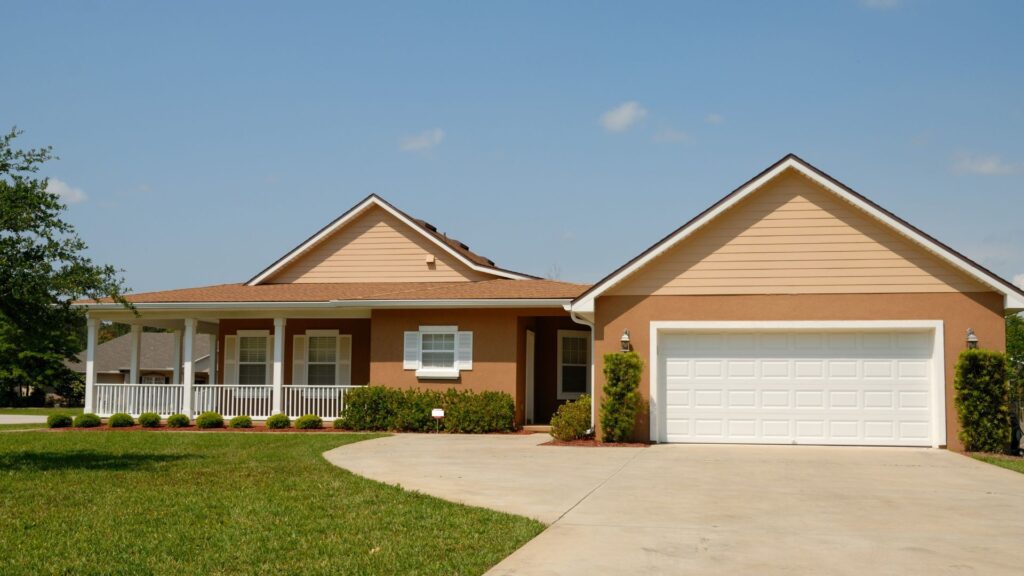
Maintaining A Painted Concrete Driveway
Keeping your painted concrete driveway in top shape is the key to extending its life and preserving its appearance. A well-maintained surface not only looks good but also protects the underlying concrete from damage caused by weather, heavy use, and stains. Here’s how you can take care of it effectively.
Regular Cleaning Methods
A clean driveway helps maintain the paint’s color and prevents buildup that can damage the surface. Sweep away dirt, leaves, and debris at least once a week. For deeper cleaning, use a garden hose or a pressure washer set to low pressure to avoid stripping the paint. If you notice oil or grease spots, treat them right away with a concrete-safe cleaner and a stiff brush. Avoid harsh chemicals that can break down the paint or sealer.
Touch-Ups For Chips Or Faded Spots
Over time, even high-quality paint can chip or fade in areas with heavy traffic or frequent sun exposure. Small chips should be sanded lightly and cleaned before applying matching paint to blend with the existing finish. For larger worn areas, consider repainting the entire section to keep the surface looking even. Quick touch-ups prevent further peeling and protect the concrete underneath.
When To Reapply Paint Or Sealer
A painted driveway will eventually need a fresh coat of paint or sealer to maintain protection and appearance. As a general rule, reseal every two to three years and repaint every five to seven years, depending on wear and weather conditions. Signs it’s time for a reapplication include fading color, visible wear in high-traffic zones, or water soaking into the concrete rather than beading on the surface. Doing this on schedule ensures your driveway stays durable, attractive, and well-protected.
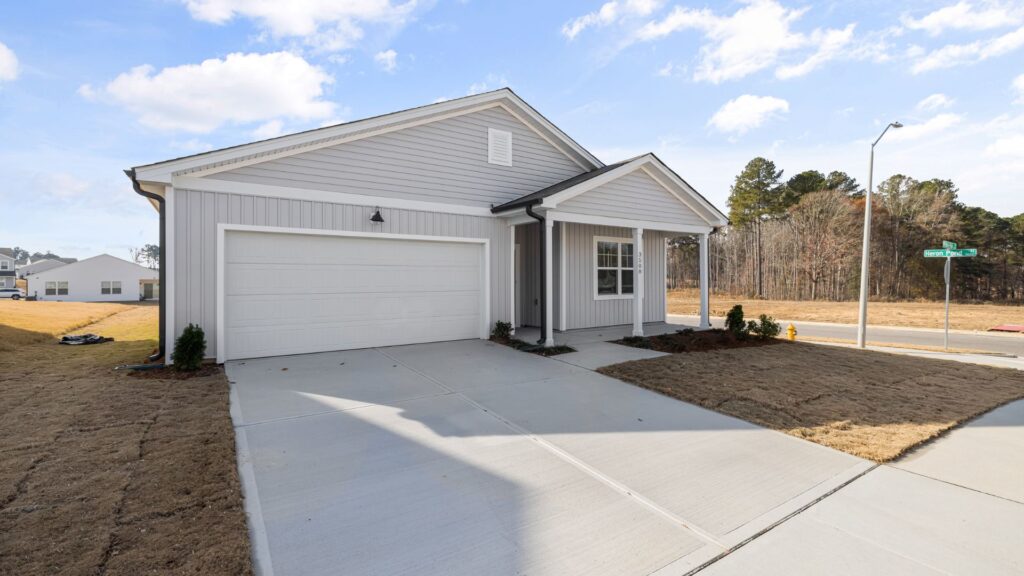
Recommended Paint Brands And Products
When choosing the best paint for your concrete driveway, it’s important to look at trusted brands that have a strong reputation for durability, ease of use, and value. The right paint can save you time, money, and effort by lasting longer and protecting your driveway against harsh weather and constant vehicle traffic. Below are some well-reviewed options that homeowners often choose, along with what makes each one stand out.
Behr Premium 1-Part Epoxy Concrete & Garage Floor Paint
Behr’s 1-Part Epoxy is a top choice for driveways thanks to its excellent adhesion and long-lasting finish. It’s resistant to hot tire pick-up, oil stains, and UV rays, which means your driveway stays looking clean and fresh for years. It’s also easy to apply with a roller or sprayer, making it a great pick for both DIYers and professionals.
KILZ Concrete & Garage Floor Paint
KILZ is known for its durability and ability to stand up to heavy traffic. This paint dries to a smooth satin finish that resists scuffing, fading, and peeling. It’s a budget-friendly option without sacrificing quality, and it works well in a variety of climates.
Rust-Oleum EpoxyShield Concrete Floor Paint
Rust-Oleum’s EpoxyShield line is ideal if you want maximum toughness. It’s a two-part epoxy system that offers superior protection against chemicals, gasoline, and abrasions. While it requires more preparation, the finish it delivers is exceptionally strong and long-lasting.
INSL-X Sure Step Acrylic Anti-Slip Coating
If safety is a priority, INSL-X Sure Step is worth considering. This acrylic paint is designed to provide a slip-resistant finish without compromising on style. It’s also weather-resistant and comes in a range of colors, making it both functional and attractive.
Drylok Concrete Floor Paint
Drylok offers a waterproof and durable solution for concrete surfaces. It penetrates deeply into the concrete for strong adhesion and can handle both indoor and outdoor applications. Its mildew-resistant finish is a bonus in damp or humid climates.
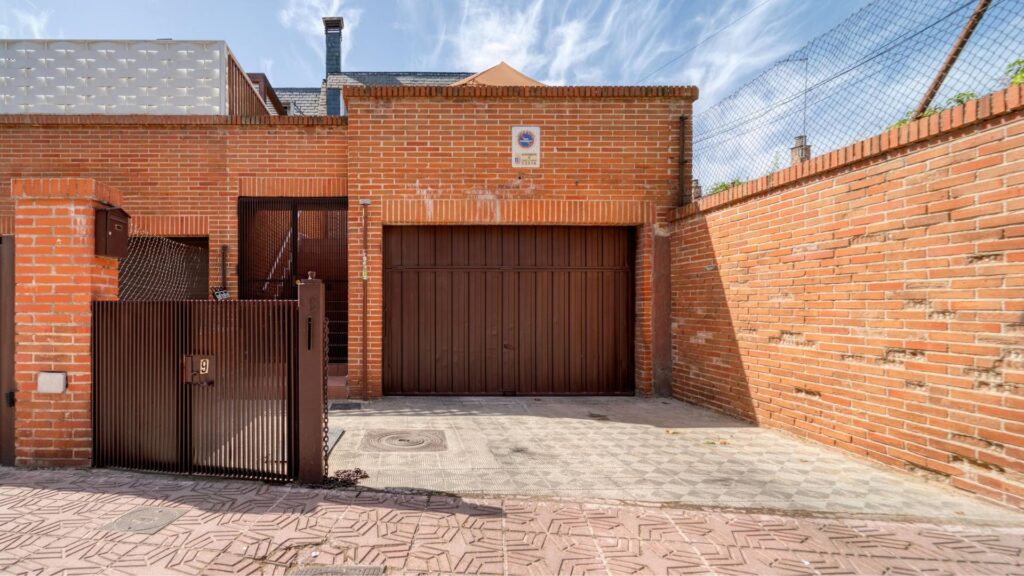
Cost Breakdown
Average Cost Of Materials
The cost of materials for painting a concrete driveway depends on the type of paint you choose, the size of your driveway, and any additional products needed for preparation. On average, expect to spend between $30 and $60 per gallon for high-quality acrylic latex paint and $50 to $100 per gallon for epoxy-based paint. Most driveways will require two coats for full coverage, so you should calculate the total paint needed based on your square footage. You may also need to factor in primers, sealers, paint rollers, brushes, and cleaning solutions, which can add an extra $50 to $150 to your total cost.
Optional Costs For Professional Application
If you prefer to have your driveway painted by a professional, labor costs will typically range from $2 to $6 per square foot, depending on your location and the complexity of the job. Professional services usually include cleaning, repairs, surface preparation, and applying both paint and sealer. While this increases the upfront cost, it often guarantees a smoother finish and longer-lasting results. For a standard two-car driveway, you can expect to pay anywhere from $500 to $1,500 for professional application.
Long-Term Savings Vs. Replacing The Driveway
Painting your concrete driveway is significantly more affordable than replacing it entirely. A full driveway replacement can cost between $4,000 and $10,000 or more, depending on materials and labor. By investing in high-quality paint and proper maintenance, you can extend the life of your driveway by several years and delay the need for costly replacement. In addition, a well-painted driveway boosts curb appeal, which can enhance your property’s value if you decide to sell. Over time, the savings from regular maintenance and repainting far outweigh the cost of a full replacement.
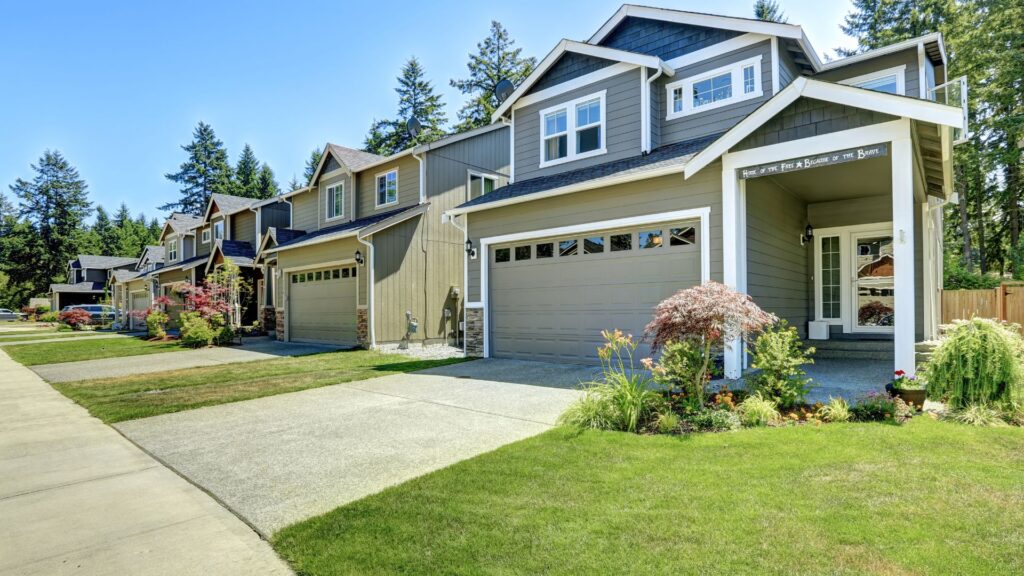
FAQs: About Best Paint For Concrete Driveways
Conclusion
Painting your concrete driveway is one of the simplest and most effective ways to improve curb appeal, protect the surface from weather damage, and extend its lifespan without the high cost of replacement. The right paint can shield your driveway from UV rays, stains, and cracks while giving it a fresh, polished look that complements your home. By considering factors such as climate, traffic levels, and surface condition, you can select a paint that not only meets your style preferences but also performs well over time. Whether you choose acrylic latex for easy application or epoxy-based paint for maximum durability, the key is to match the product to your specific needs. Now is the perfect time to start your driveway upgrade, gather your tools, prepare the surface, and give your home the lasting, beautiful finish it deserves.
Find A Professional Concrete Company Near You!
- Asphalt Carpark Construction Wairarapa
- Asphalt Contractors Auckland
- Asphalt Contractors Hawkes Bay
- Asphalt Dannevirke
- Asphalt Driveways Tauranga
- Christchurch Concrete Services
- Concrete Contractors Nelson
- Concrete Contractors Tauranga
- Concrete Dannevirke
- Concrete Driveways Lower Hutt
- Concrete Driveways Upper Hutt
- Concrete Floor Slabs Kapiti Coast
- Concrete Foundations Kapiti
- Concrete Layers Auckland
- Concrete Layers Cambridge
- Concrete Layers Hamilton
- Concrete Layers Invercargill
- Concrete Layers Kapiti
- Concrete Layers Leigh
- Concrete Layers Levin
- Concrete Layers Lower Hutt
- Concrete Layers Mangawhai
- Concrete Layers Matakana
- Concrete Layers North Shore
- Concrete Layers Northland
- Concrete Layers Orewa
- Concrete Layers Palmerston North
- Concrete Layers Pukekohe
- Concrete Layers Rodney
- Concrete Layers Silverdale
- Concrete Layers Te Awamutu
- Concrete Layers Upper Hutt
- Concrete Layers Waikato
- Concrete Layers Warkworth
- Concrete Layers Wellington
- Concrete Layers Wellsford
- Concrete Manuwatu
- Concrete Services Rotorua
- Concrete Whangarei
- Hastings Concrete Company
- Hawkes Bay Concrete Company
- Napier Concrete Company
About the Author:
Mike Veail is a recognized digital marketing expert with over 6 years of experience in helping tradespeople and small businesses thrive online. A former quantity surveyor, Mike combines deep industry knowledge with hands-on expertise in SEO and Google Ads. His marketing strategies are tailored to the specific needs of the trades sector, helping businesses increase visibility and generate more leads through proven, ethical methods.
Mike has successfully partnered with numerous companies, establishing a track record of delivering measurable results. His work has been featured across various platforms that showcase his expertise in lead generation and online marketing for the trades sector.
Learn more about Mike's experience and services at https://theleadguy.online or follow him on social media:

